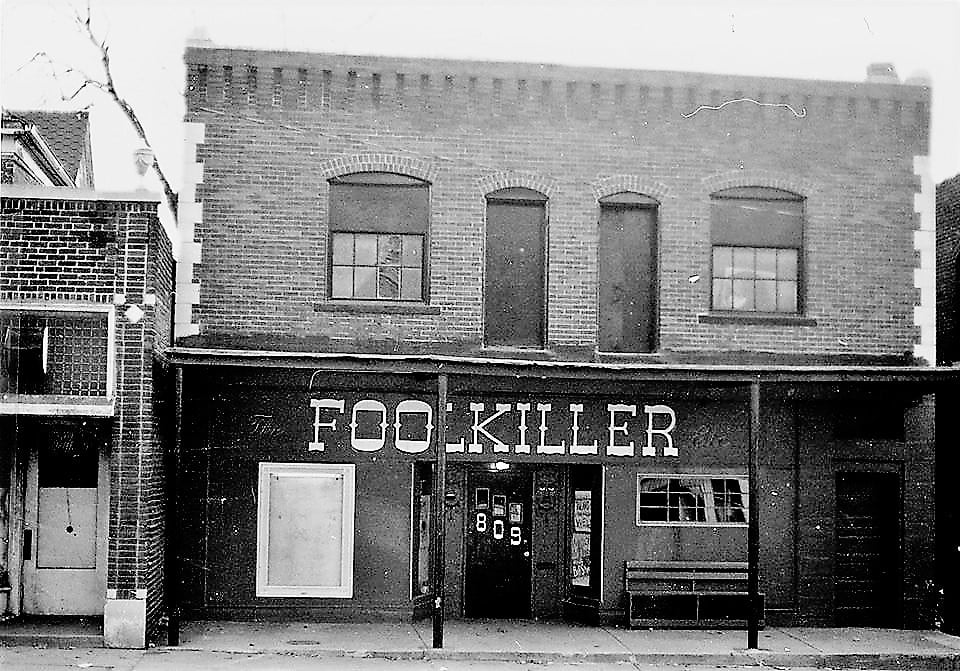This Christmas show we have seasonal songs organized in a continuum. We start with songs about winter, touch on pagan tradition and pagan/Christian carol blends (“…the rising of the sun/the running of the deer/the playing of the merry organ/sweet singing all in the choir…”), and slide into the birth of Christ. From there we go secular with decking the halls and feasting, sing a collection of wassails, remember the poor, and hunt the wren on St Stephen’s day.
When selecting song versions, I looked for the more unusual lyrics. Keep an eye out for them because we have, among other oddities, Mary gathering cherries while Joseph stands around (after which the Christ Child announces that he’s going to be born on Jan 5th); three ships sailing into Bethlehem (a completely land-locked city); and a version of the 12 Days of Christmas which slides right past the traditional lyrics of symbolic religious significance into the completely secular (‘11 bears abaiting’, anyone?).
Usually I do a lot of exposition with the Christmas show, but this year we have too much music, so here are things you should know:
The Boar’s Head Carol is a 15th century English Christmas Carol that describes the ancient tradition of sacrificing a boar and presenting its head at a Yuletide feast. The boar’s head with an apple in its mouth is carried into the banquet hall on a gold or silver dish to the sounds of trumpets and the songs of minstrels. The Boar’s Head Feast continues at The Queens College, Oxford, England to this day.
Wassail, as in “Here We Come A-Wassailing,” is a mulled cider or wine with cinnamon, cloves, sugar, and apples. The name wassail, incidentally, is believed to come from the salutation “Waes hail,” or “to your health,” a toast dating back to the Middle Ages. The custom has two distinct forms: one, a house-visiting activity involving going home to home wishing luck on neighbors; the other, going to orchards to encourage a good crop of apples (a form which has lingered on particularly in apple-growing areas). There are a large number of Wassail songs in England and many adopt the title of the region in which they were sung. We bring you four traditional wassails: three house visiting wassails and one apple tree, plus a modern wassail (Homeless Wassail).
So in the Medieval British Isles, all the wise Winter Wrens did their best to spend the day after Christmas, the feast of St. Stephen, hunkered down still and quiet, deep in their favorite hedgerow–for the “Wrenboys” were out to get them. Each year, on the morning of December 26th, a mob of boys chased the first Winter Wren they found through ditches and hedges, over hill and dale, until the bird dropped dead from exhaustion and fright or one of the boys got close enough to deliver a good smack with a stick. Once they had their wren, the bird was stuck on a pole and paraded around town while the Wrenboys sang the Wren Song (of which there are many variations) and asked for donations from the townspeople. Often, the boys gave a feather from the bird to patrons for good luck. The money was used to host a dance for the town, held that night.
Over time, the live bird was replaced with a fake one that is hidden, rather than chased. The tradition now consists of “hunting” a fake wren and putting it on top of a pole decorated with ribbons, wreaths, and flowers. Then crowds of strawboys celebrate the Wren by dressing up in masks, straw suits, and colorful motley clothing and, accompanied by traditional ceilidh bands, parade through the towns and villages. The band of young boys has expanded to include girls, and adults often join in. The money that is collected from the townspeople is usually donated to a school or charity.



